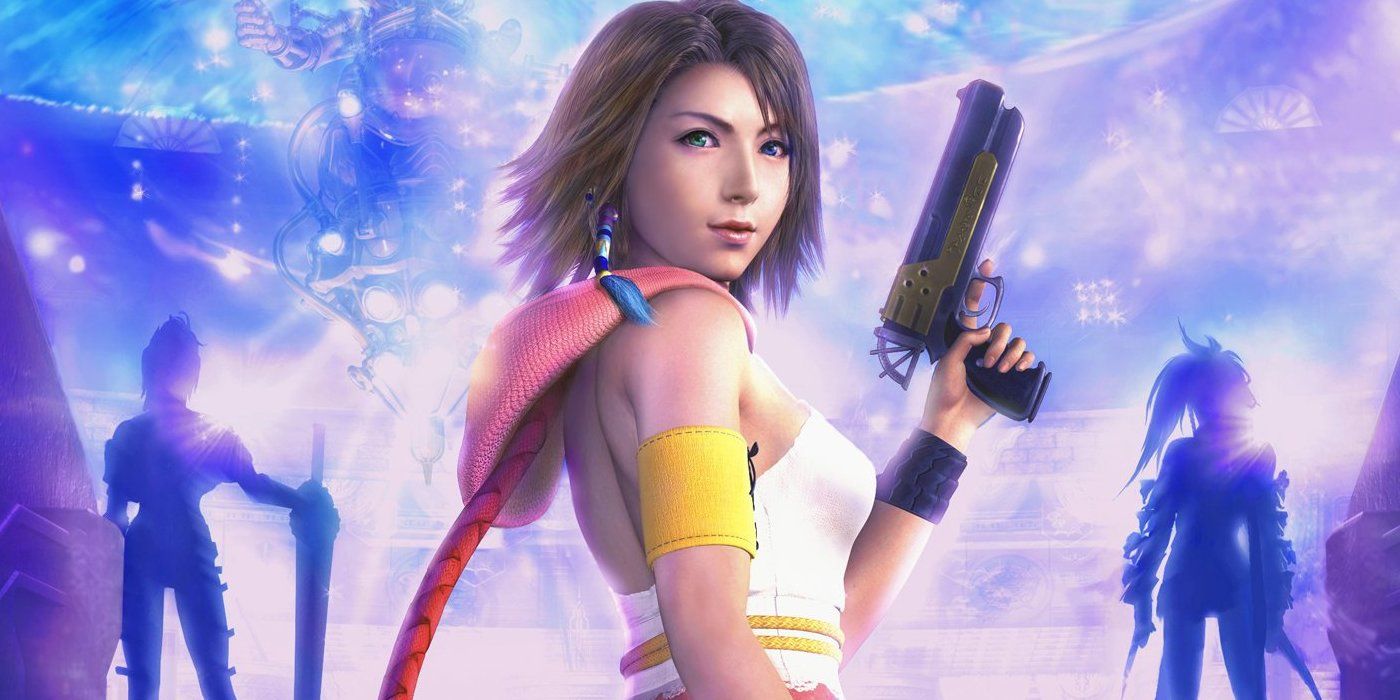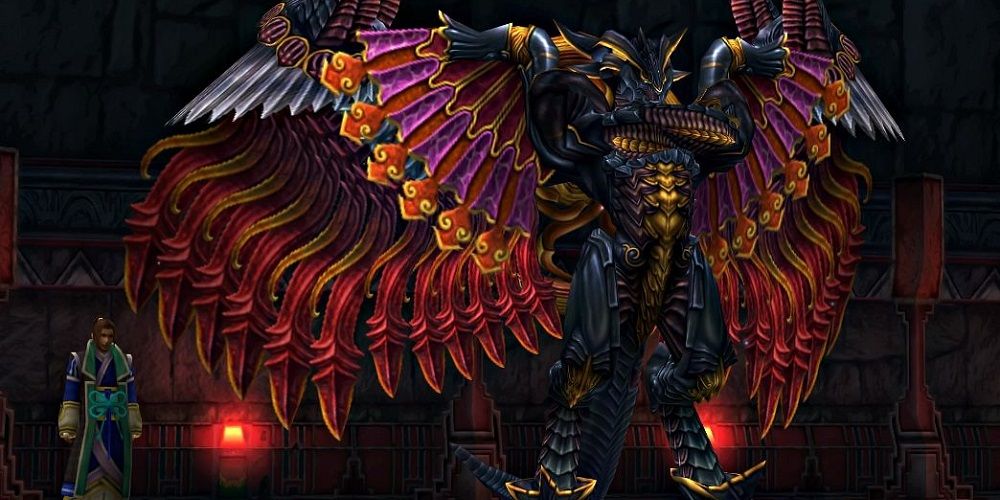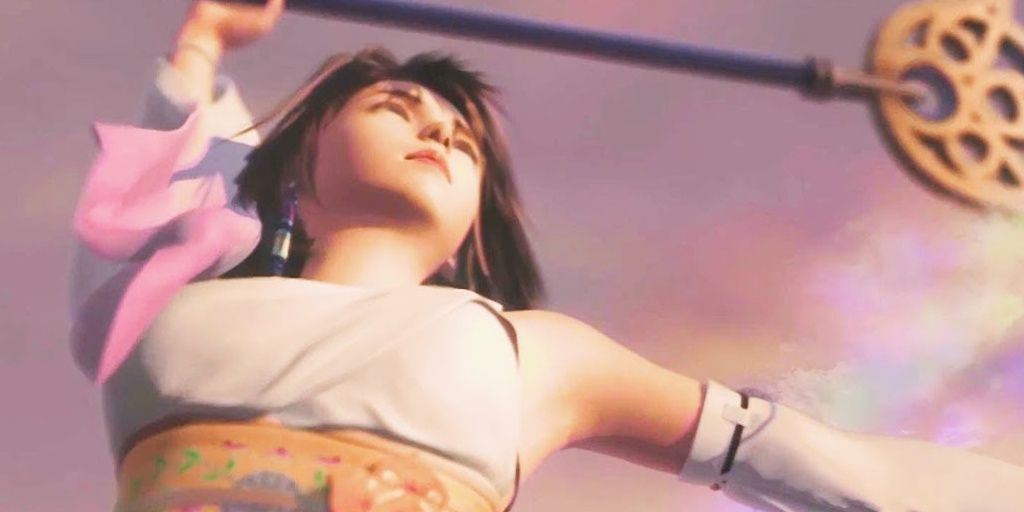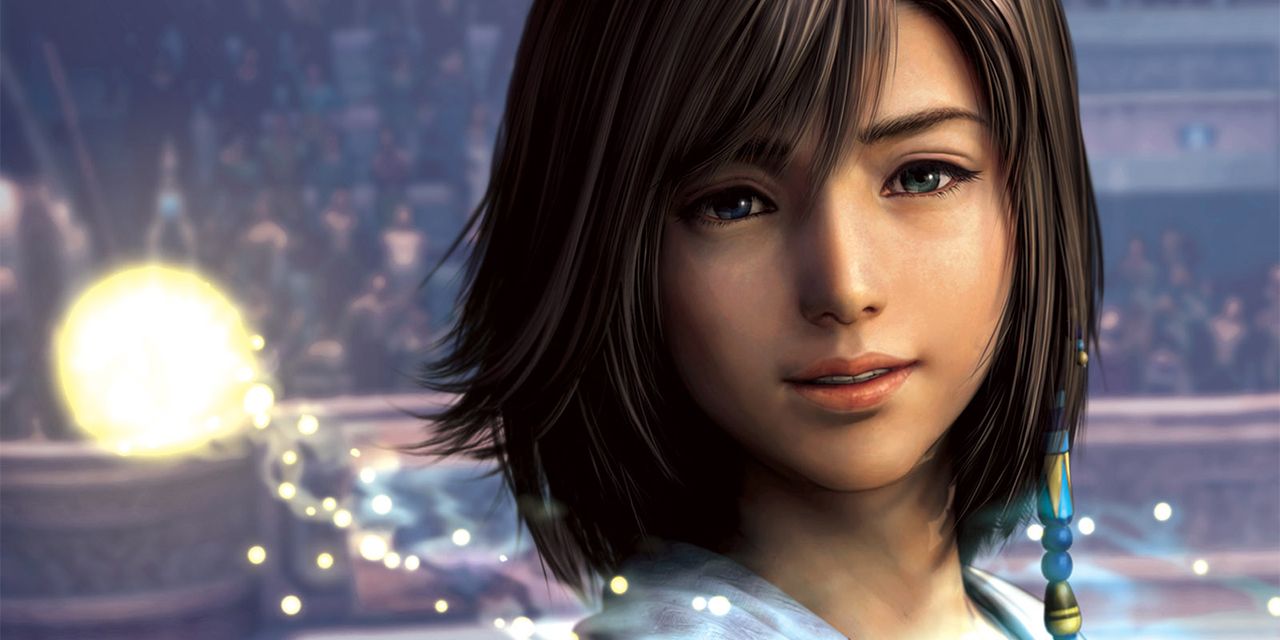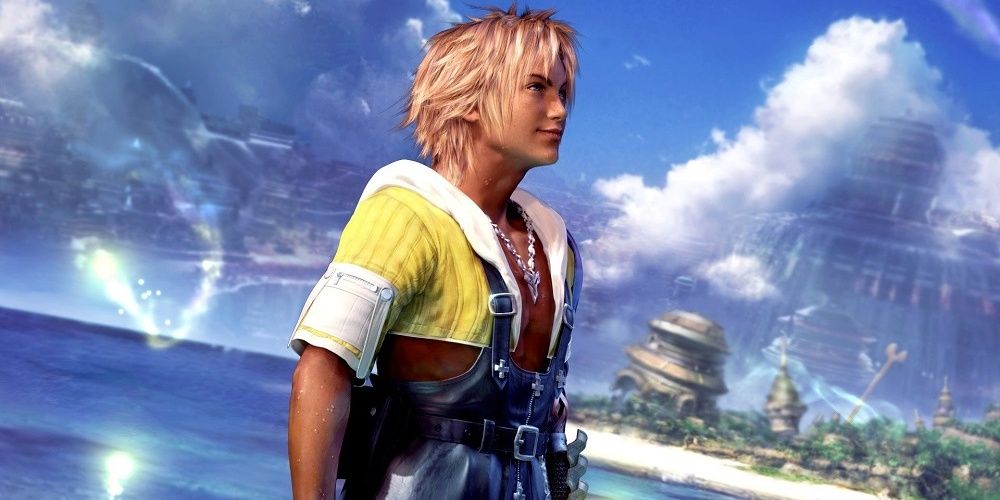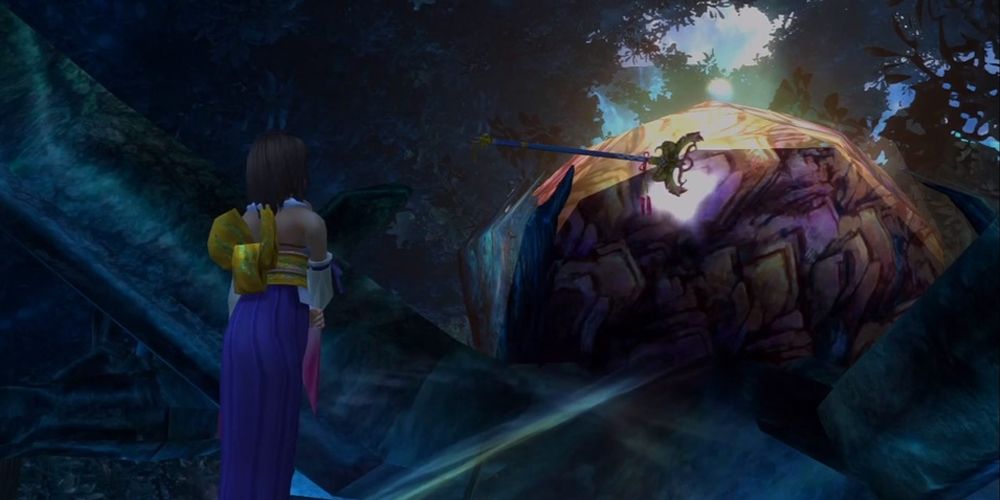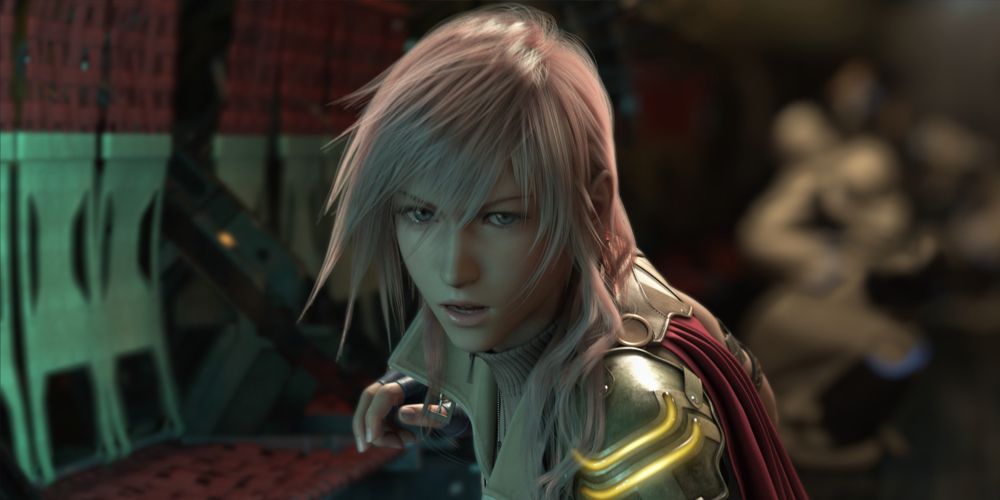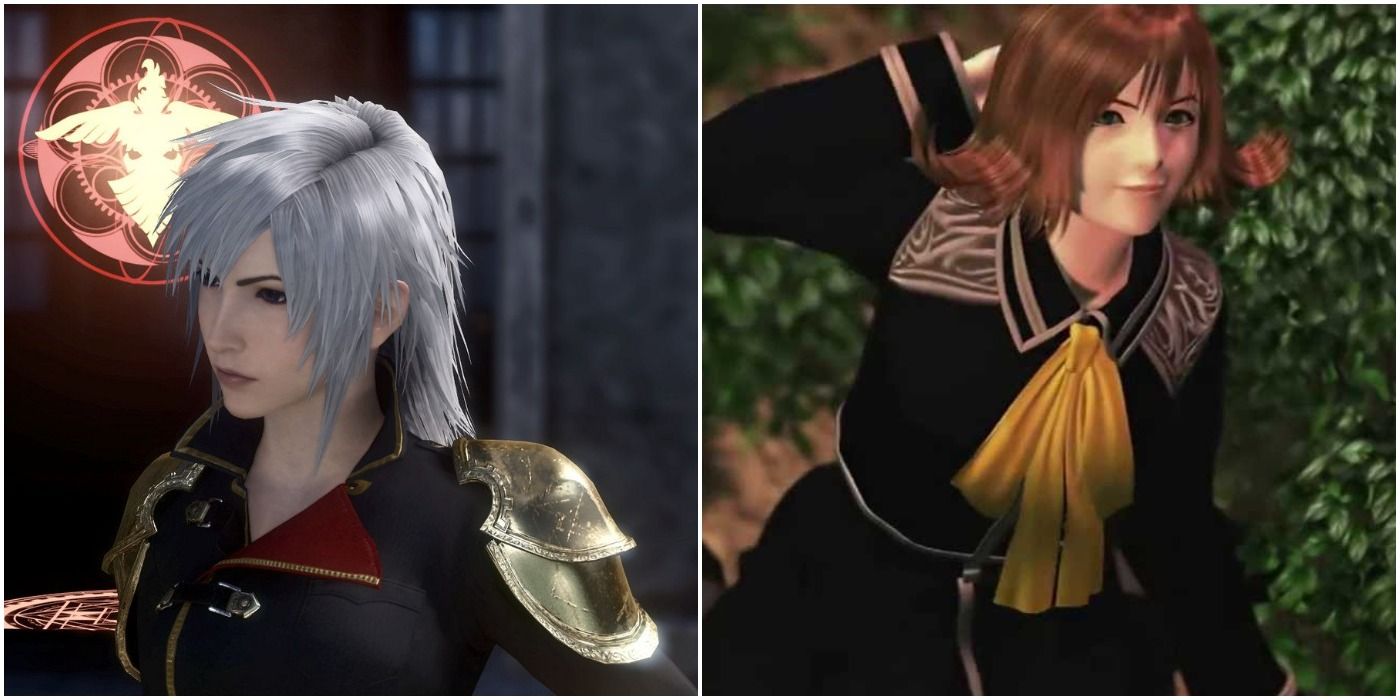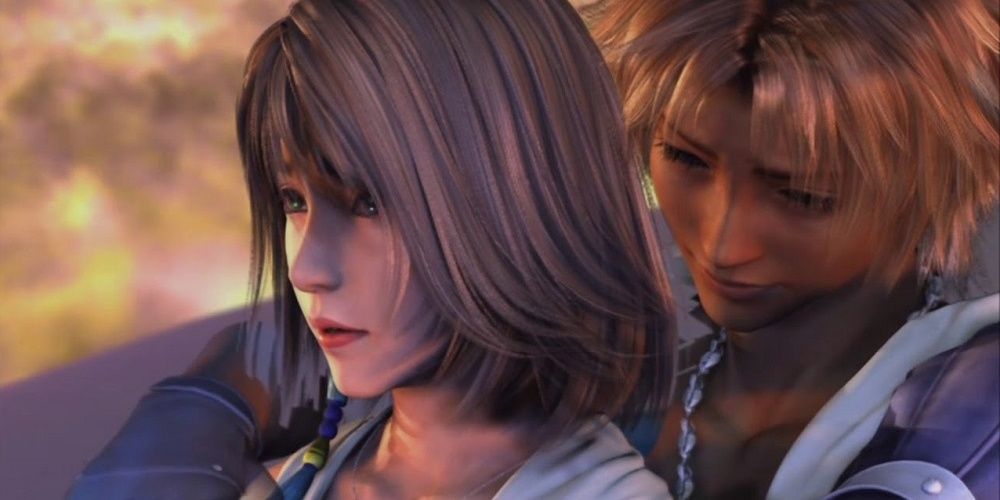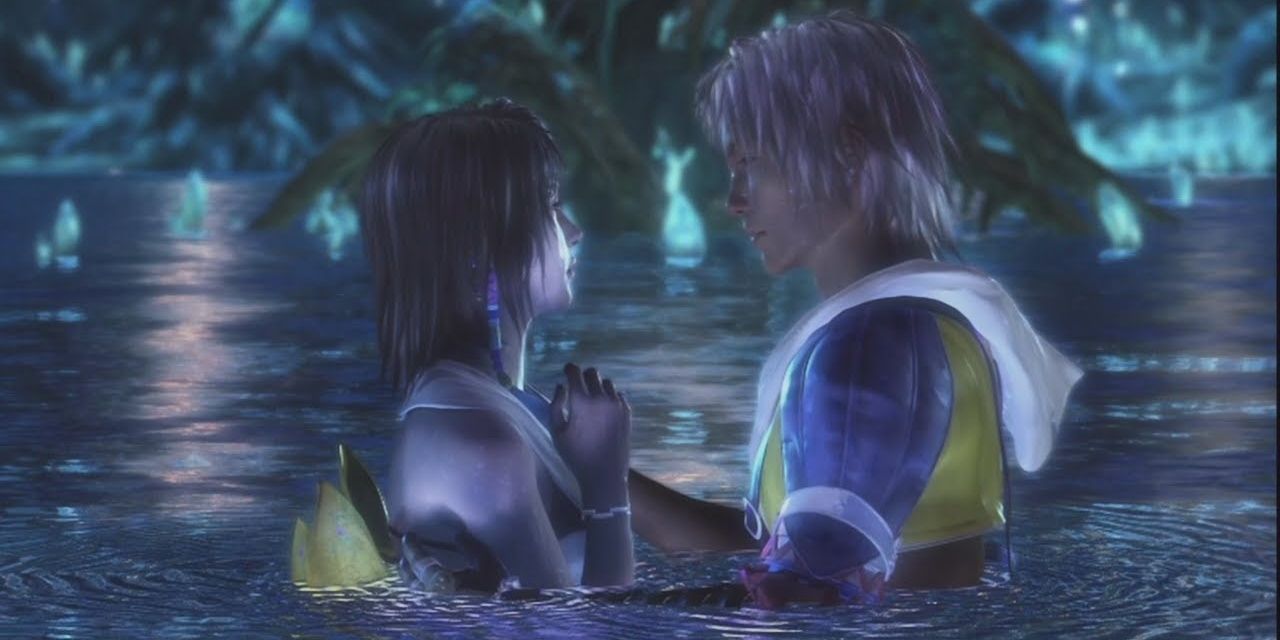The Final Fantasy series is full to the brim with some of the greatest JRPGs of all time, and Final Fantasy X is no exception to this. Serving as the last title made by the legendary Squaresoft before Square's merger with Enix, Final Fantasy's first foray into the sixth generation of gaming was nothing short of a resounding success that managed to be an excellent experience in every sense of the word.
One of the biggest reasons why Final Fantasy X is beloved by the fanbase is due to its wide cast of diverse characters, with Yuna being one such character that has become legendary for all the right reasons. This selfless summoner is one of the best party members in the game also plays a huge role in the story. However, there are still several things about this character that have eluded the fanbase and their notice, so this list will elaborate on ten of the most notable things about her character that have remained fairly underground for the longest time.
10 She Was Supposed To Have A Bahamut Tattoo On Her Back
Before the concept for the Sphere Grid system was finalized, the developers initially wanted each character to have a tattoo of sorts, with the tattoo expanding all over their body as the player leveled up their characters.
Yuna was supposed to have a Bahamut tattoo on her back, with her kimono being backless to show this change as well.
9 Yuna's Outfit Was A Furisode (A Long-Sleeved Kimono) Because Nomura Wanted Her Outfit To Flow With Her Dance
After deciding upon a kimono for Yuna, Nomura decided that her outfit needed something to flow along with the dance of the Sending that she would perform as well.
This flow was eventually achieved with the inclusion of the furisode — a long-sleeved free-flowing kimono that would be perfect to depict Yuna's beauty in motion while she would perform the Sending.
8 The Hibiscus On Her Kimono Was Also Called "Yuna"
One rather unique thing about Yuna's character design is the flower that's on her kimono, which makes her character look all the more unique.
This flower is a hibiscus that has the name "Yuna" as well, which is a neat little way to add a unique touch to this character as well.
7 Her Name Means "Night" In Okinawan, Which Is Supposed To Contrast With Tidus ("Day" In Okinawan)
The island of Okinawa, Japan has its own local language and Final Fantasy X takes inspiration from this language for the meaning behind their own characters.
This can be seen in the fact that the name Yuna can be interpreted as "Night" in the Okinawan language that serves as a perfect contrast to Tidus, whose name has its own interpretation in this language — "Day".
6 Yuna And Tidus' Ultimate Weapons Also Share The Day And Night Contrast
It seems that the developers really wanted the symbolism of Yuna and Tidus being two halves of a whole to be hammered in throughout the entire game, and this can be seen in the manner in which their Ultimate Weapons are upgraded.
Yuna's Ultimate Weapon is Nirvana, whose potential can only be unlocked after getting the Moon Crest. So, it's obvious that Tidus' Caladbolg is a weapon that can only be upgraded after getting the Sun Crest.
5 The Difference Between Final Fantasy X and X-2's Version Of Yuna's Outfit Was Meant To Be Symbolic
Given the oppressive and somewhat dark nature of the atmosphere in Final Fantasy X as compared to the happier and boisterous nature of Spira in Final Fantasy X-2, it became clear that the main character's outfit also needed to reflect this change.
This can be seen in Yuna's outfit in Final Fantasy X-2, which is a huge departure from the reserved nature of her previous outfit that was very much reflective of her melancholic yet positive nature.
4 Yuna's Character Model Was Used As A Placeholder In Final Fantasy XIII
During the development of Final Fantasy XIII's systems, the developers needed a placeholder character for the game until they'd finalized the designs for the main cast.
So, until the characters and their models had been created, the developers actually decided to use Yuna's character model as a placeholder! This was probably done due to the fact that Final Fantasy XIII was supposed to have a female protagonist from the get-go.
3 Yuna's Japanese Voice Actor Also Did The Voices Of Seven (Type-0) And Selphie (Kingdom Hearts)
Mayuko Aoki provided the motion capture and the Japanese voice for Yuna in Final Fantasy X and X-2. She's a pretty consistent figure throughout the Final Fantasy franchise, and this can be seen in the fact that she voiced two other characters in the series as well.
Aoki gave the voice for Seven in Final Fantasy Type-o and Selphie in the Kingdom Hearts adaptation of this Final Fantasy VIII character as well, which is a rather interesting tidbit of information that most fans had no idea about.
2 Yuna Never Said "I Love You" To Tidus In The Japanese Version
The final scene with Yuna and Tidus is easily one of the most heartbreaking scenes in the entire game, with Tidus bidding farewell to Yuna and the rest of the gang as he joined the Farplane along with Auron and Jecht.
While she says "I love you" to Tidus in the English dub, she simply bids him farewell in the Japanese version. This is because Japanese culture isn't really overt when it comes to describing feelings of intimacy.
1 The Kissing Scene Between Tidus And Yuna Was The Hardest Scene To Animate In The Game
Apparently, according to the developers, one of the hardest scenes to animate in the game was the kiss between Tidus and Yuna. The scene was animated several times, with the developers taking feedback from female members on the staff who constantly rejected multiple iterations of this iconic moment.
Given the fact that this scene is easily one of the best moments in Final Fantasy X, it's pretty clear that the massive number of hours put into animating this scene was ultimately worth it.

